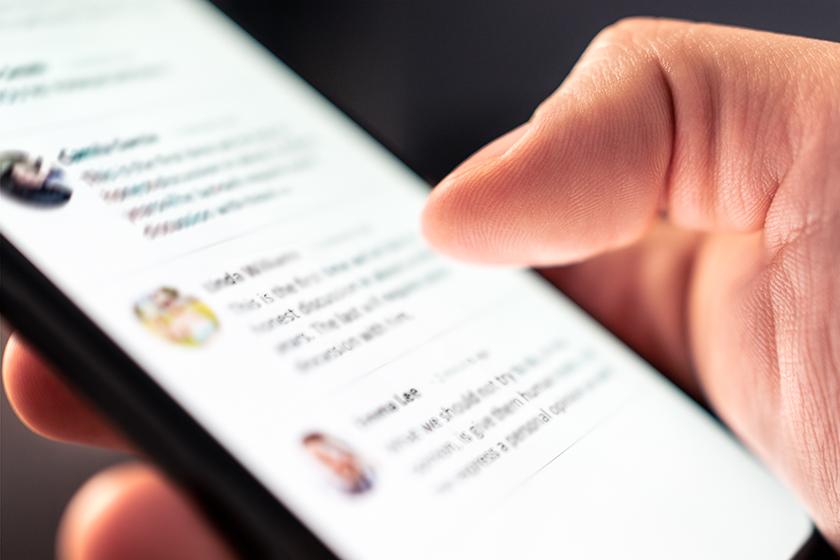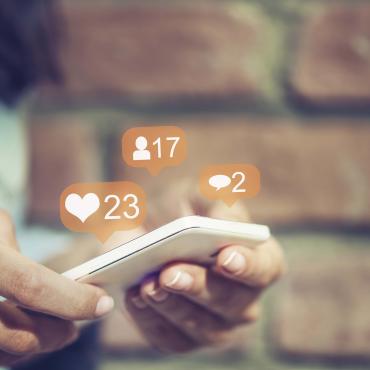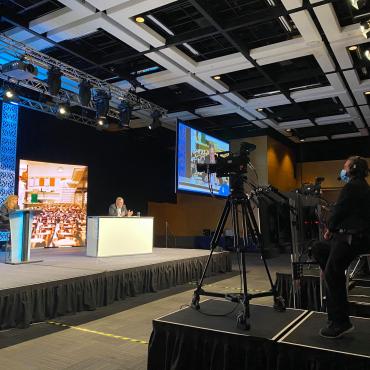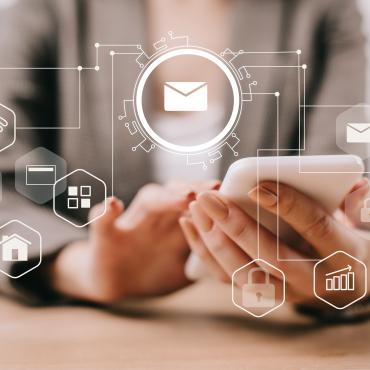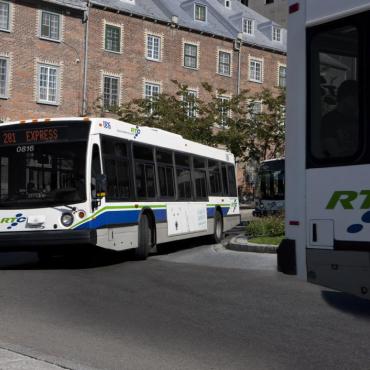Complete social media guide for meeting planners
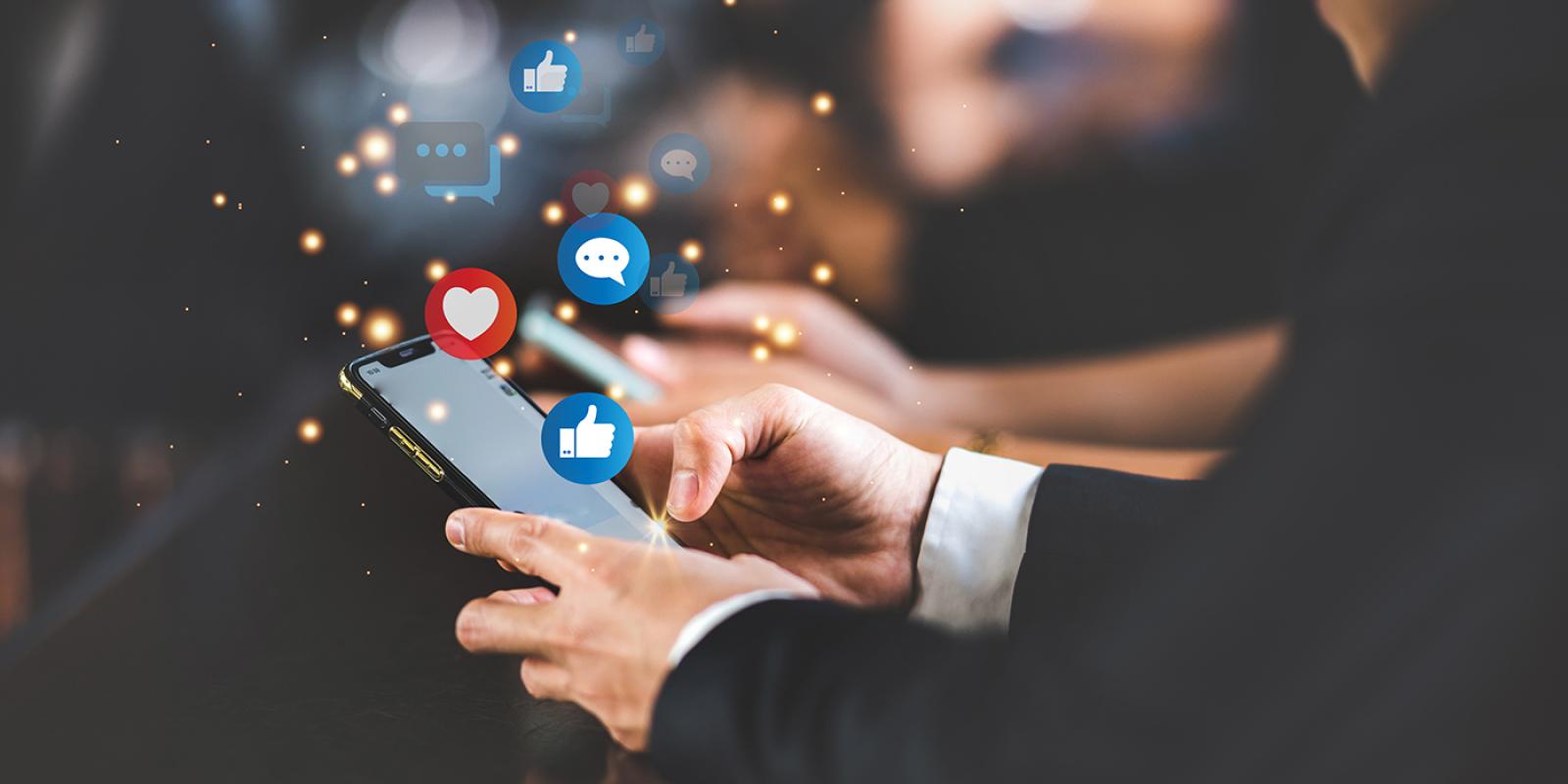
Social media is now an integral part of our lives, both personally and professionally. Whether we like them or not, these platforms remain crucial touchpoints when it comes to setting up your communication strategy before a conference or event, as well as once on-site!
Here’s an overview of key social media in the context of business tourism, conferences, and meetings.
Meta: Facebook, Instagram, Threads
As of early 2024, Meta reported having 3.25 billion active users on its platforms: Facebook, Instagram, Threads, Messenger, and WhatsApp. These two messaging apps are particularly popular among European and Latin American users.
Although the early growth days are over, Meta remains essential with its applications being among the top 3 most used in Québec and internationally. Whether for storytelling before your event or sharing participant testimonials through images, texts, or videos, Meta’s platforms are indispensable due to their penetration rate among the population and target groups!
Advantages
-
Facebook is the #1 social media across all age categories, from millennials to baby boomers, including those under 20!
-
Instagram has a strong presence among millennials and Generation Z.
-
Varied and creative content options, facilitating communication: text, images, videos, stories, reels (short videos), contests, carousels, etc. Stories and reels allow for engaging ephemeral content.
-
Creation of Facebook event pages that can gather all important information.
-
Potential to use a hashtag (especially on Instagram) to follow conversations and share relevant visual content.
-
Varied and easy-to-use advertising options with Meta to target and define specific audiences – for example, by geotargeting near your event or conference location.
-
Ability to live stream on Facebook and Instagram.
-
Micro-blogging is now possible via Threads, a direct competitor to X (formerly Twitter) in this niche communication sphere.
Disadvantages
-
Complex algorithm resulting in posts having almost no organic reach… unless paid to be boosted.
-
Content fatigue, saturation, and general loss of popularity for these intrusive platforms that require continuous feeding and a quality visual content strategy.
-
Aging Facebook audience: less suitable for targeting young professionals.
-
Instagram is not ideal for sharing detailed event information.
-
Constantly changing and evolving features, making it difficult for occasional managers to master.
A preferred platform for professionals, recruiters, or job seekers, LinkedIn has seen significant growth since its acquisition by Microsoft in 2016. It surpassed one billion users in 2023, and today it features relevant content and active pages to establish credibility and leadership in one's field of expertise.
Advantages
-
By and for professionals – a B2B context rather than B2C like other social media.
-
Suitable for event-related content, such as relevant articles, studies, or research, boosting speakers’ credibility, for example.
-
Precise user targeting with advanced search and advertising tools, allowing filtering by geographic location, company, role, education level, or industry.
-
Excellent for networking and soliciting business meetings before a summit or conference, or for post-event follow-ups.
Disadvantages
-
Less used than the average social media.
-
Still perceived as a “job search” platform despite the abundance of relevant content.
-
Paid features and more expensive advertising.
X / Twitter
With nearly 500 million monthly active users, about 200 million of whom use it daily, X remains an important player, even though its star has faded in recent years, especially since its acquisition by Elon Musk at the end of 2022.
In English-speaking markets, the platform still enjoys a certain aura, leading some event organizers to continue promoting a hashtag to track conversations.
Advantages
-
Excellent tool for real-time communications, to relay highlights during your conference or business event, especially using hashtags to follow conversations.
-
Preferred platform for reaching influencers, media, and celebrities depending on the niche targeted.
-
Ability to create lists with active speakers or participants during an event.
Disadvantages
-
Time-consuming social media: requires a lot of time investment… often for little results compared to other platforms.
-
Low penetration rate among users, making it marginal, especially during meetings and conferences where participants are not present on X/Twitter.
-
Limited advertising options.
-
Trust has eroded since Elon Musk’s acquisition.
YouTube / TikTok
Video has been the trending format for the past decade, and all social media have integrated it to capitalize on its advantages. But no platform does it as well as YouTube and TikTok, the two competitors for short formats, but increasingly long ones too!
Advantages
-
YouTube is the second most popular search engine in the world (after Google, which owns it). TikTok, on the other hand, is the most popular search engine among users under 35!
-
The short format, popularized by TikTok, is now preferred on YouTube (shorts), Facebook, and Instagram (reels) and allows for quick connection with audiences.
-
Creative options, trends and current music increase the potential for virality (especially on TikTok).
-
Allows for promotion with a teaser or highlighting key moments after a conference or event, thanks to Best of and other dynamic video montages.
-
YouTube remains the king of long format and allows live streaming for virtual conferences or delayed hosting for webinars, for example.
Disadvantages
-
YouTube has not evolved as quickly as its competing platforms and is somewhat lagging, despite its still very real dominance.
-
Little interaction on YouTube: managing comments, likes, shares, etc.
-
TikTok is still mainly used by younger users, despite democratization in recent years. It is thus less well-suited for a professional audience (especially perceptually).
-
TikTok’s ownership by a Chinese company raises questions about personal information management.
-
Both platforms require more skills to produce quality video content.
In conclusion, it’s less about being present on every platform and using every existing format to reach as many people as possible. Instead, focus on identifying the key platforms where most of your target audiences are active. Then, experiment with different available formats (vertical or horizontal photos, carousels, videos, reels, stories, etc.) to determine what works best for generating both reach and interaction.

